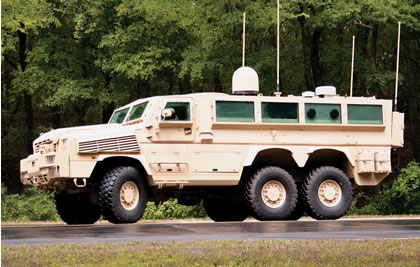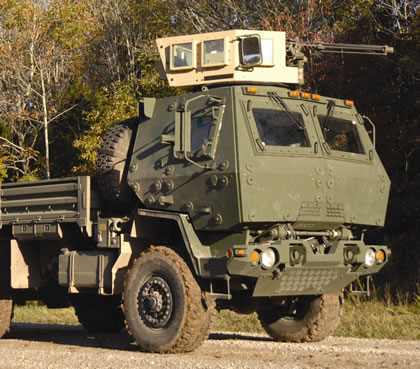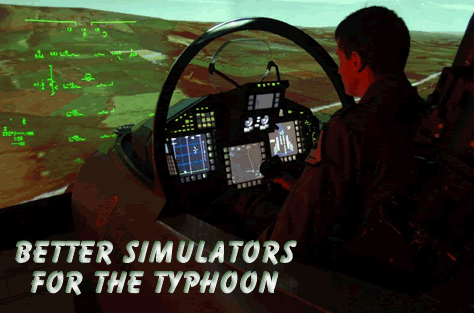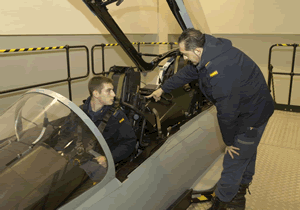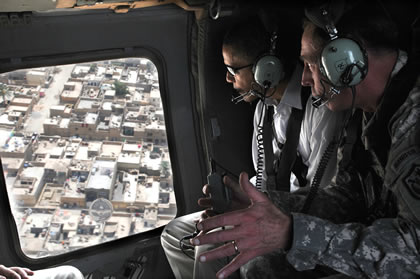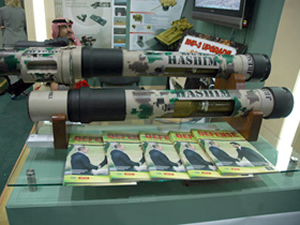While the global defense market continues to expand, Europe stands as an exception, with defense spending a declining priority throughout most of the continent’s capitals. A prolonged period of peace and the lack of a direct territorial threat have created the mindset in European government that whatever security is needed can be provided through finite budgetary allocations. Very little exists to change this situation, as government officials remain reluctant to make the case to their publics that a greater financial commitment is needed in order to maintain the present “pax Europa.”
This static environment is explored in Forecast International’s latest European Military Markets analysis. In this study, Forecast International notes the disconnect between what European governments expect of their militaries, and how much they are willing to invest in them. Shrinking defense investment throughout much of Europe is occurring against a backdrop of extensive modernization of national armed forces and an increased willingness by governments to allocate military resources to international peacekeeping missions. Compounding Europe ‘s lackluster defense efforts is the poor cost-versus-performance investment per individual soldier. While in terms of sheer number European military manpower is considerable, more than half of its troops are deemed unsuitable for deployment abroad.
Furthermore, assigning secondary importance to defense matters also stands to hinder a renewed effort by France to jump-start the creation of a European military component under the auspices of the European Union. Most ominously for the Euro-defense initiative, defense spending cutbacks are occurring among the European nations with the most substantial military capabilities.
Although Italy and Spain experienced bumps to their respective defense budgets in 2008, each allocated slightly less than one percent of their GDP toward their armed forces. Both are now preparing to slash their defense spending through the upcoming fiscal year, if not further. Meanwhile, Germany spends only 1.3 percent of its annual GDP on its armed forces, and under current spending plans, its defense budget is to increase by only 1.4 percent annually through 2012. France and the U.K., which together accounted for nearly 48 percent of all defense expenditure among European members of NATO in 2008, face difficult decisions regarding several large-scale defense programs as future budgetary increases for both become more circumscribed.
“Though defense spending in Europe has increased in nominal terms, as a percentage of GDP, the amount allocated toward defense investment continues to decline,” said Forecast International European Military Markets Analyst Dan Darling. “The deteriorating economic climate in Europe renders any reversal to this trend unlikely in the near future.”
Despite this economic malaise, not all European countries are slashing defense budgets, especially those feeling the military heat in their own backyards, according to the report. Russia ‘s intervention in Georgia last August signaled an alarm of sorts for those countries situated close to, or alongside, Russia ‘s borders. The Baltic nations of Latvia , Lithuania, and Estonia have each pledged to focus on military investment with newfound vigor, while the Nordic nations are reconsidering previous plans for budgetary reductions and – in the cases of Finland and Norway – are set to increase defense budgets. Poland, too, is boosting its defense investment nearly 10 percent more than in 2008, while preparing to spend nearly $25 billion on a 10-year modernization program that will extend to 2018 and is intended to improve its military hardware.
Yet some of these countries represent minor military markets in Europe, and all too often, words have often been used as a substitute for action where pledges to invest more toward defense are concerned. While each NATO member is tasked with allocating a minimum of 2 percent of annual GDP toward defense, only five European members – Bulgaria , France, Greece , Turkey, and the U.K. – currently do so, and the newer members of Central and Eastern Europe absorbed into the Alliance from 1999 through 2004 continue to fall short of this requirement.
“Without greater investments by the stronger Western European nations, the continent’s defense capabilities – still formidable in terms of air superiority and heavy armor – will remain inadequate for the expeditionary-type roles tasked to their armed forces,” Darling says. “The end result could be that in the event a Euro-army emerges, it might not carry the significant weight as envisioned by the idea’s enthusiasts.”
While Forecast International projects that total defense spending among all dual EU-NATO members in Europe will reach $280 billion in 2009, this seemingly significant amount is diluted by the fact that such investments are occurring at the national – and not the collective – level. Instead of being pooled toward common platforms, these resources are often wasted on individual programs intended to serve as a form of life support for local defense industries.
“Despite a combination of factors, including operations in Afghanistan , a resurgent Russia , and military modernization processes that call for more expensive professional armies and increasingly costly equipment, Europe continues – and will continue – to be highly partial to social investment over strengthening defense,” Darling adds. “While certainly understandable, this attitude marks a continuous trend since the end of the Cold War and is, of course, aided by the implicit knowledge of U.S. military commitment toward the continent’s security. With a sharp economic slowdown gathering hold across much of the continent, the primary sense of threat for many Europeans involves social welfare, not defense matters.”

